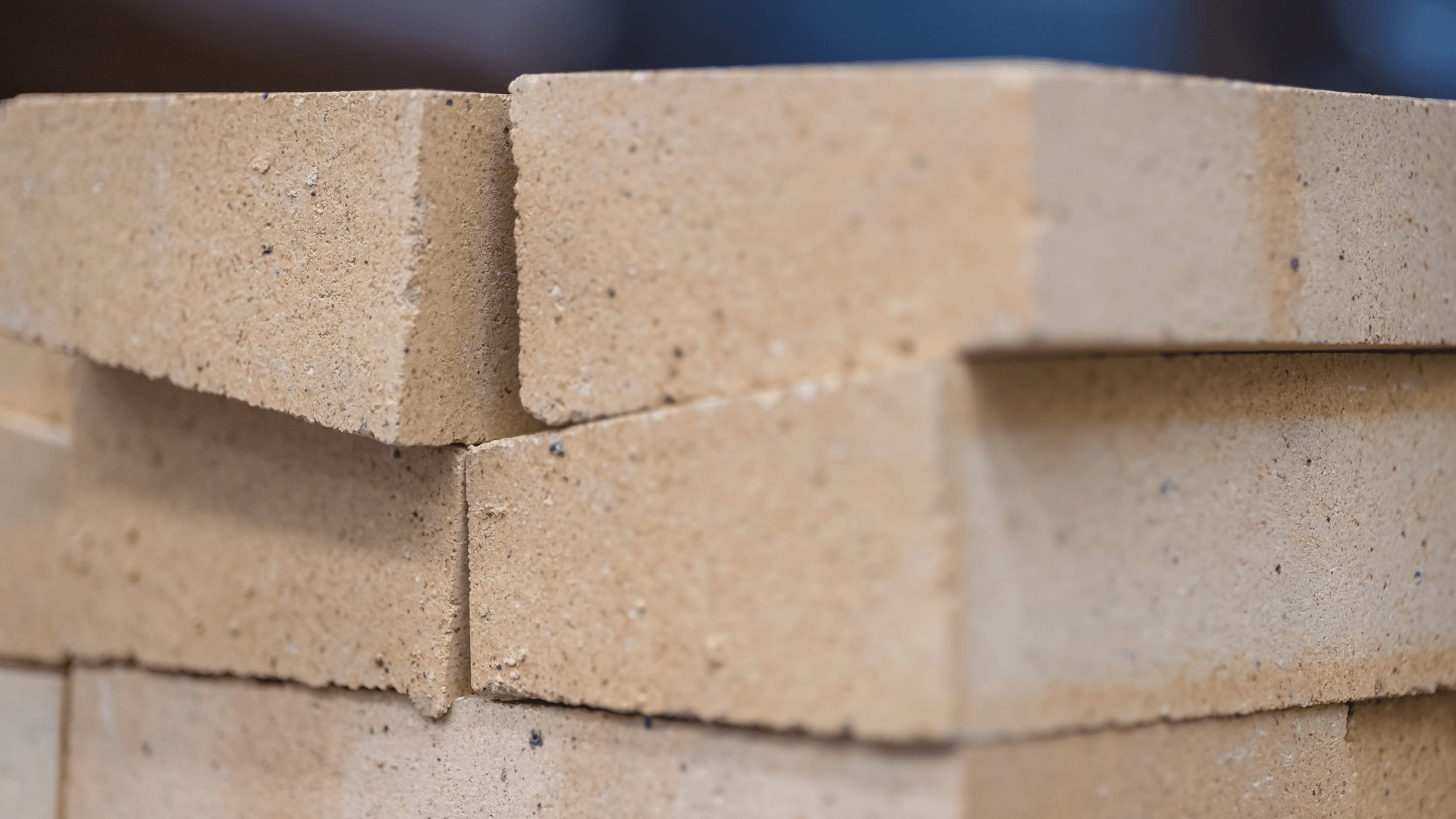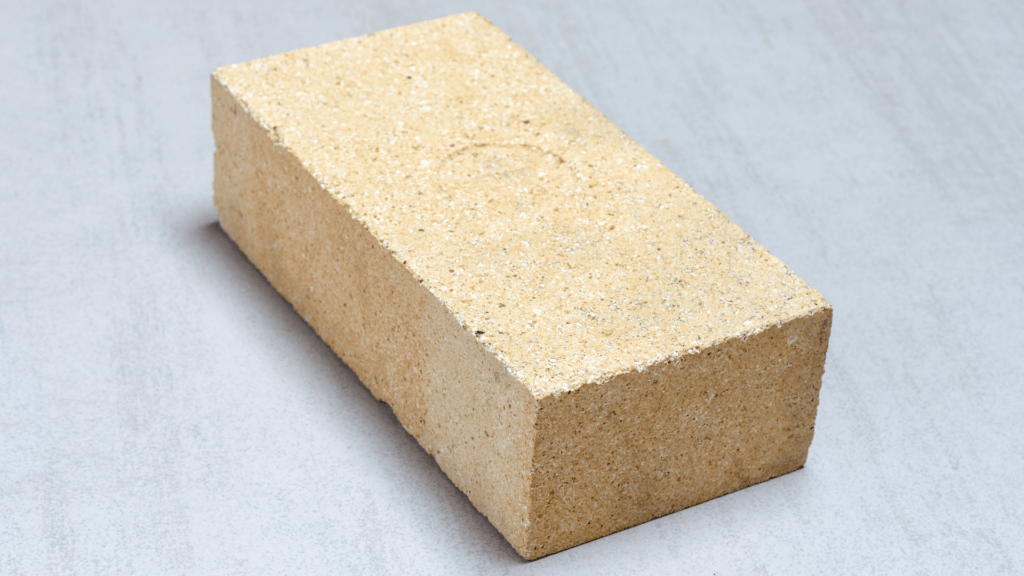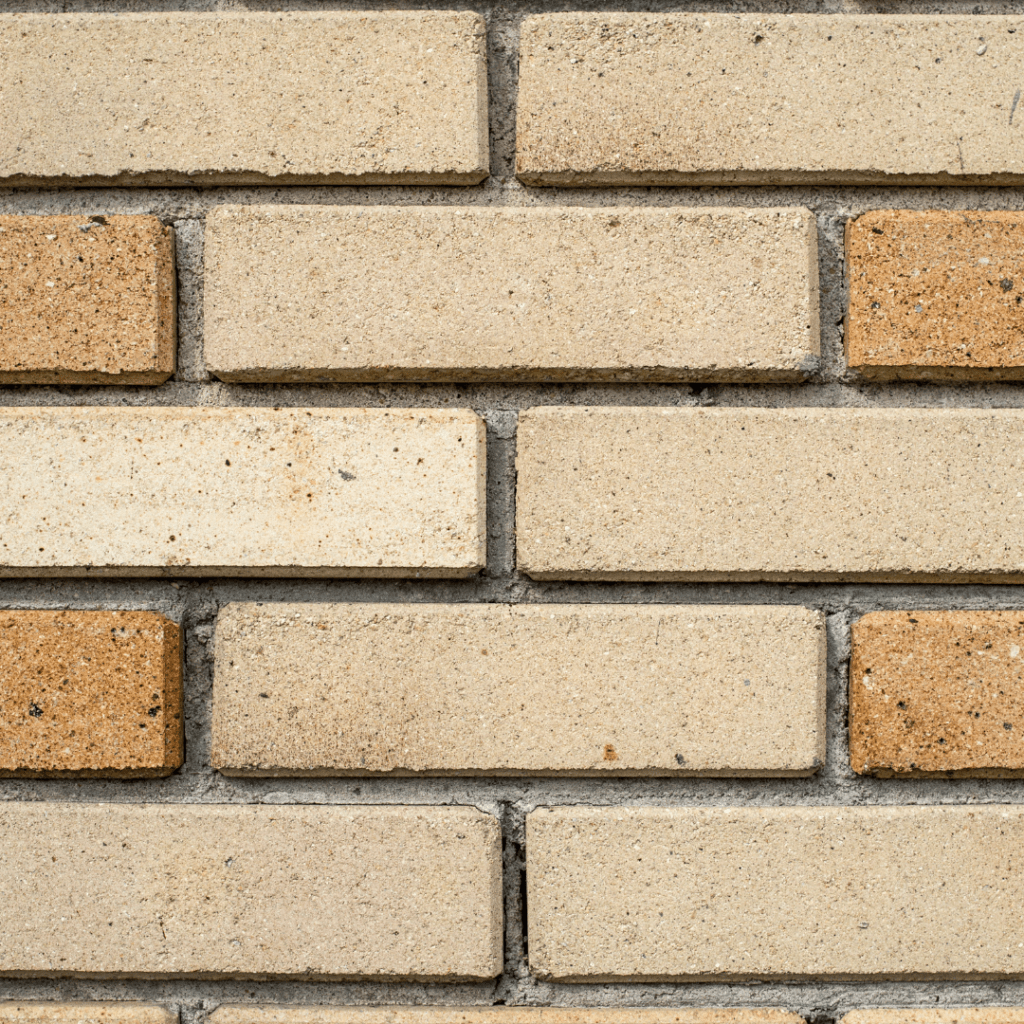Refractory bricks, also known as firebrick are ceramic materials used to line furnaces, kilns, fireboxes, and fireplaces. A refractory brick is designed to withstand high temperatures while still having poor thermal conductivity for increased energy efficiency. Refractory bricks are used in place of regular bricks, which always have a tendency to shatter at high temperatures. These bricks may also go by the titles ceramic bricks or fire bricks. Brick is one of the most popular construction materials used since ancient times. Regular bricks tend to crack at high temperatures and are not preferred for high-temperature areas. In such conditions, conventional bricks are often replaced by Refractory bricks.
This article is about refractory brick, their types, and their properties.
What are refractory bricks?
Refractory brick is a type of brick that can resist high temperatures. It is also known as ceramic bricks or fire bricks. Generally, they are yellowish-white in colour. These bricks have good thermal resistance and good compressive strength. The chemical composition of fire bricks differs from regular bricks’ chemical composition. It mainly consists of 25 to 30% alumina, and 60 to 70% silica. Also, oxides of magnesium, calcium, potassium etc are present. The main application of fire bricks is in the construction of kilns, furnaces, etc. They are able to withstand temperatures above 2100 degrees Celsius. Thus the thermal capacity helps the structure to be stable at high temperatures.
Related posts from vincivilworld
Properties of Refractory brick
Following are the properties of refractory brick.
- Refractory brick should resist high temperatures.
- They have good compressive strength.
- The weight of fire bricks is 150 lbs per cubic ft.
- The size of a refractory brick is 9×4.5×2.5 inches or 9×2.7×2.25 inches.
- They also have good chemical resistance, Since they do not react with the furnace gases.
- The water absorption of a refractory brick is 5 to 10%.
- They have a high fusion point.
Types of Refractory bricks
Refractory brick is available in various sizes and shapes. There mainly three types of refractory brick.
- Acid refractory brick
- Basic refractory brick
- Neutral refractory brick
Acid refractory brick
The acid refractory brick includes silica bricks and ganister bricks. Silica brick consists of 93% of Silicon dioxide. They possess good strength and fusion points. Also, they are hard and it is suitable for acid lining in furnaces. They can withstand temperatures up to 2000 degrees Celsius. Silica bricks are made from sandstone or quartzite. Ganister bricks consist of 85% silica, 10% clay and 2% lime. They are also hard and can withstand temperatures up to 2100 degrees Celsius. But acid bricks are not suitable to undergo rapid temperatures. Since they tend to spall.
Basic refractory bricks
Basic refractory bricks are basic in nature. They have good corrosion resistance and chemical resistance. They consist of Magnesite bricks, dolomite bricks and Bauxite bricks. Magnesite bricks contain 85% of magnesium oxide and 3 to 5% of iron oxide. They are suitable for the lining of the furnace. They can withstand temperatures up to 1800 to 2100 degrees Celsius. Dolomite bricks can withstand temperatures up to 1400 to 1600 degrees Celsius. It contains a high amount of dolomite. Bauxite bricks are a type of basic refractory that can withstand temperatures up to 1600 degrees Celsius and contains 85% of bauxite.
Neutral refractory bricks
Neutral refractory bricks are suitable in places to separate the acid and basic lining in the furnace. They consist of chromite bricks, carborundum, spinal bricks and forsterite bricks. These bricks have a high percentage of chrome and magnesite.



